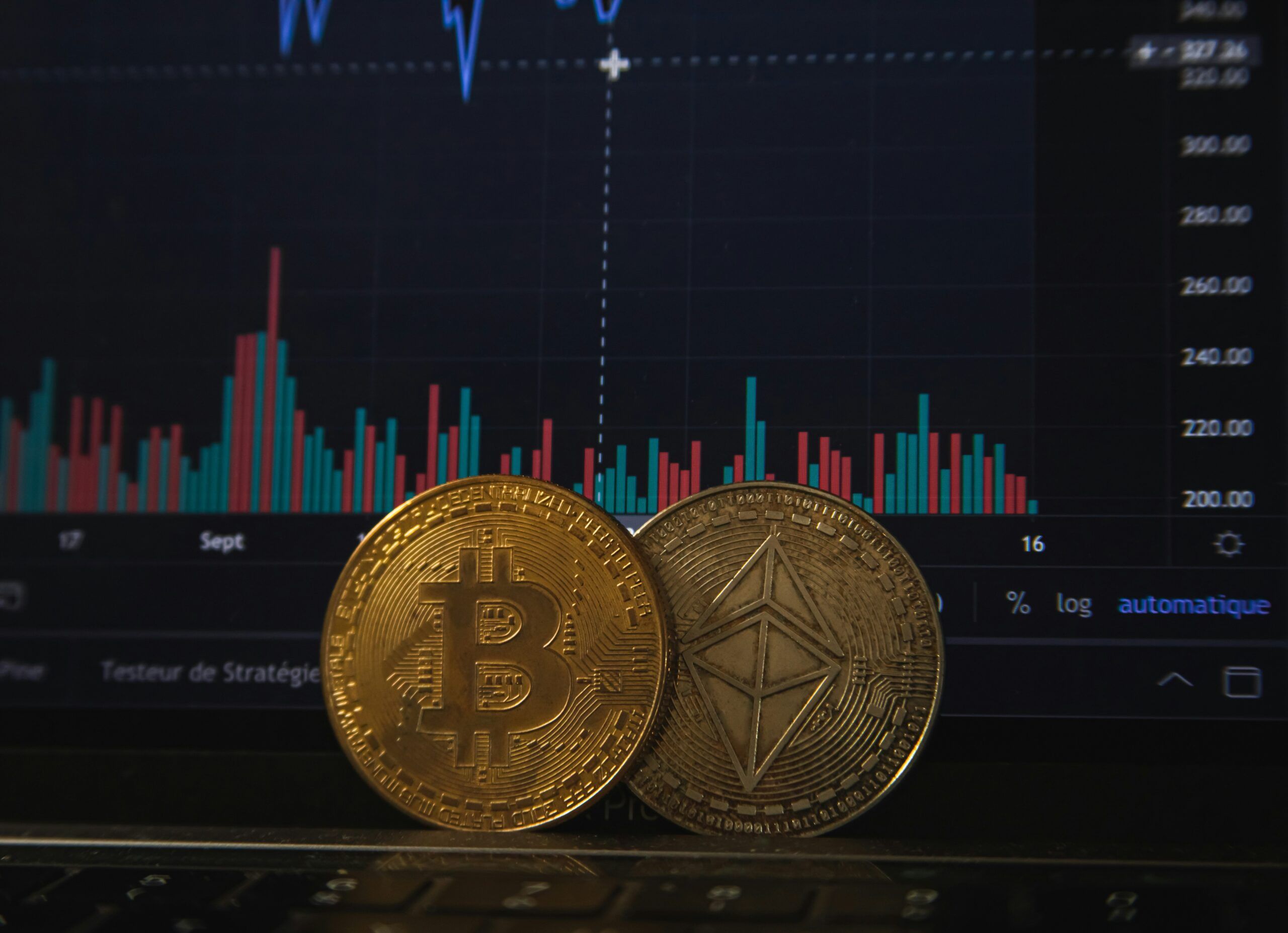
What Ignited the Recent Record Crypto Crash?
On Friday, 10th October, just after reaching an all-time high, the cryptocurrency market imploded, wiping out around half a trillion dollars in value. Bitcoin alone lost more than USD 200 billion. Most experts, analysts, and financial commentators agree that the crash was triggered by President Trump’s announcement on his Truth Social platform that he would impose 100% import tariffs on China from 1st November 2025. Following the post, Trump’s own meme coin plunged to USD 4.65, leaving his followers nursing losses of around 40% in a single day. The same coin had recently traded at a high of USD 45.
Leveraged trading has become standard practice among many crypto traders, who borrow money to increase the size of their positions. While such trades can be highly profitable, they are equally risky when prices move sharply in the wrong direction, as they did last Friday. In today’s crypto market, heavily leveraged bets are automatically closed by exchanges once losses reach a level that would make repayment impossible. Experts say this system amplified the crash, as countless traders with high leverage were forcibly liquidated by exchange algorithms once prices began to fall.
Allegations of insider trading have also surfaced after an investor reportedly placed a short position on Bitcoin, earning around USD 200 million when prices collapsed. This trade occurred just 30 minutes before President Trump’s post on Truth Social announcing the new tariffs on China. Many within the crypto community have questioned whether the investor had access to insider information from within the White House. The trader has since been dubbed the “Trump Insider”, particularly after opening another large short position on Bitcoin this week, sparking fears of a second market downturn.
The unwinding of leveraged trades also had a devastating impact on altcoins, leaving the wider market reeling. Ethereum dropped by around 11% to USD 3,878, while Cardano and Solana both fell roughly 30%. Other major cryptocurrencies such as XRP, Dogecoin, and ADA also tumbled by 19%, 50%, and 25% respectively, according to market data. Analysts say stablecoins which are pegged 1:1 to fiat currencies such as the USD, GBP, or gold, are edging closer to mainstream adoption as Congress debates the *Genius Act. However, during the sell-off on 10th October, Ethena’s yield-bearing stablecoin (USDe) briefly lost its dollar peg, plunging to 65 cents on Binance before rebounding to close just below USD 1. Financial commentators say this episode should give Congress some food for thought when refining the legislation.
The *“Genius Act”, passed in July 2025, is a U.S. law that created the first comprehensive federal regulatory framework for stablecoins. It aims to provide clarity and consumer protection by requiring issuers to maintain a 1:1 backing with high-quality assets such as cash or short-term U.S. Treasuries. The Act also establishes both federal and state licensing pathways and includes provisions for financial stability, disclosure of reserves, and legal safeguards for holders in the event of insolvency.
Experts suggest several key lessons can be drawn from the 10th October 2025 crypto crash. Earlier that week, China announced restrictions on rare earth mineral exports, reigniting speculation about a renewed U.S.–China trade war. President Trump’s retaliatory post amplified global concerns, sending shockwaves through financial markets. While traditional markets were closed, the 24/7 nature of crypto trading meant that digital assets bore the full force of the panic almost instantly.
This has been the largest single liquidation event in cryptocurrency history. Data shows that around USD 19 billion in leveraged positions were wiped out in under 24 hours, though some commentators believe the true figure could be higher. Analysts say the episode highlights the extreme risks of trading with leverage in such a volatile environment. The market’s structure also contributed to the collapse, as automatic deleveraging mechanisms at major exchanges like Binance triggered further sell-offs, creating a vicious cycle.
The crypto industry now faces serious questions about its own resilience and governance. The ecosystem is so interconnected that when one segment collapses, the rest often follow. Moreover, repeated allegations of insider trading, including claims that an unknown trader made USD 200 million shortly before President Trump’s announcement, have further damaged trust. To avoid similar crises, experts say exchanges and market participants need to adopt stronger risk management systems and institutional-grade compliance standards. However, given crypto’s historical resistance to regulation, some argue that Congress may need to intervene to ensure proper oversight as stablecoins move into mainstream financial markets.
You may also like

Other facilities
IntaCapital Switzerland | Copyright © 2025 | All Rights Reserved